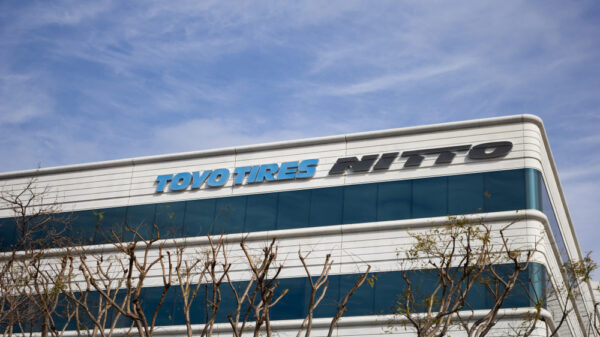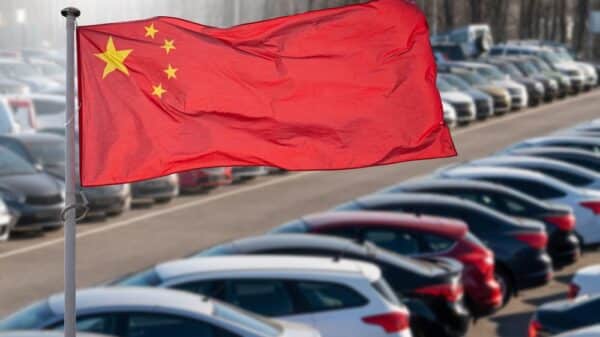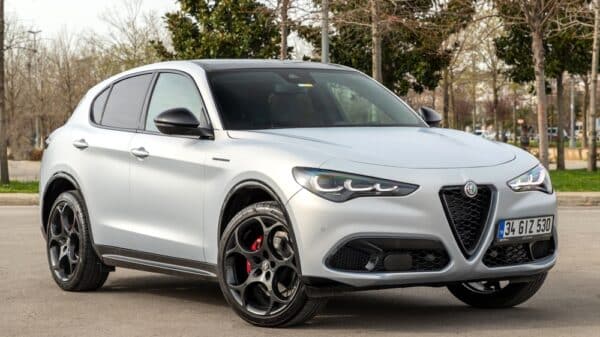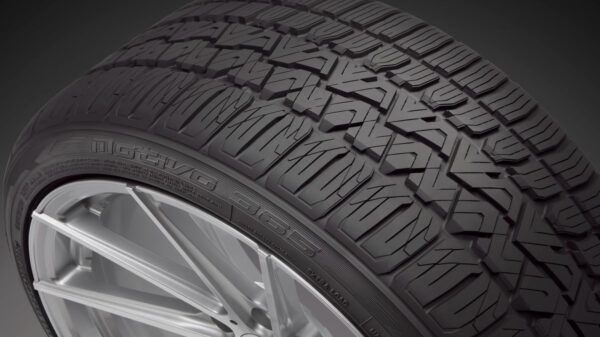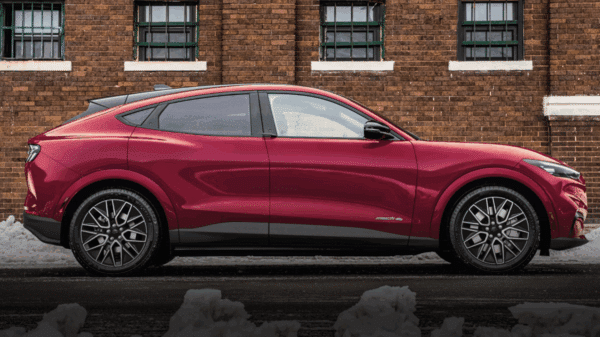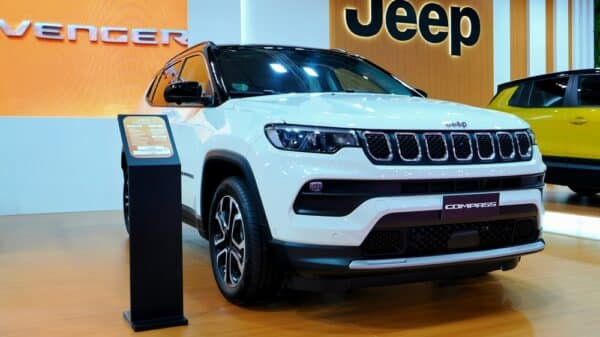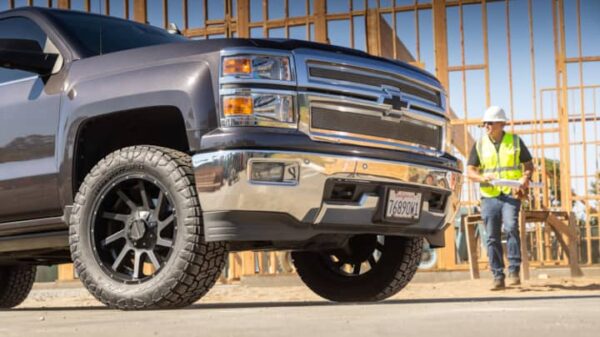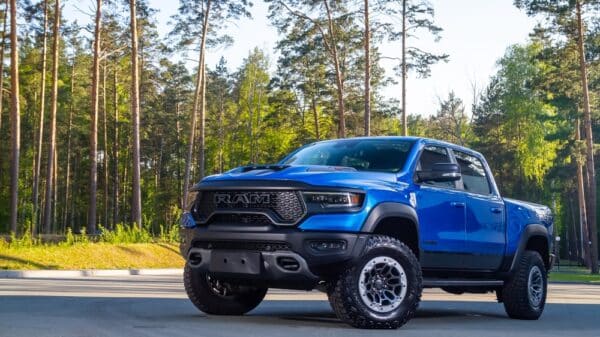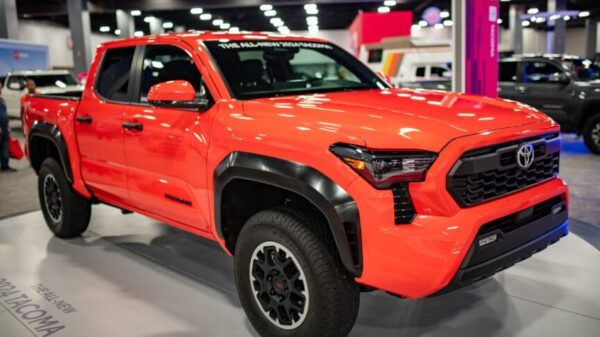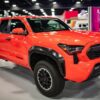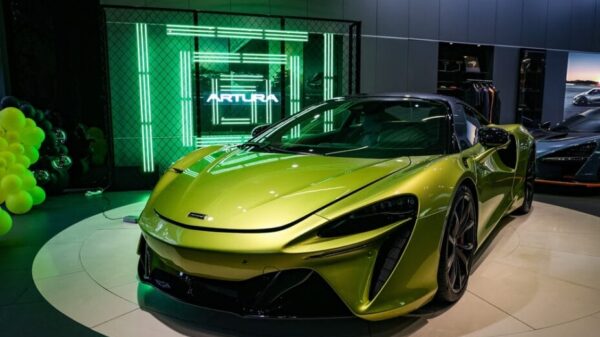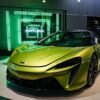As the year nears its end, the electric vehicle (EV) industry remains vibrant, navigating through seasonal changes and geopolitical tensions alike. Even with the clocks turning back and daylight fading earlier, the momentum in the EV space continues unabated. Major automakers are adapting and realigning their strategies in response to shifting dynamics. Here’s a closer look at some critical developments shaping the landscape of electric mobility today.
GM’s Strategic Shift Away from China
Recent geopolitical friction between the United States and China has prompted General Motors (GM) to reconsider its supply chains. The company has advised its suppliers to gradually eliminate reliance on Chinese manufacturing, aiming for a complete transition by 2027. This strategic pivot reflects a broader desire to enhance supply chain resilience amid ongoing trade disputes and uncertainties.
Sources indicate that GM’s push to disengage from China began gaining momentum in late 2024, coinciding with escalating tensions in U.S.-China trade relationships. Executives at GM believe that by diversifying their supply sources, they can better safeguard against market volatility and potential disruptions.
While this strategy may seem prudent for weathering geopolitical storms, it highlights a potential disconnect in GM’s global and North American operations. Historically, China has played a vital role in supporting global GM models, making this transition complex and potentially disrupting established synergies.
Honda’s Focus: Challenges from Chinese Competitors
Honda is grappling with numerous issues, including tariffs and emerging chip shortages, which have threatened its production capabilities. However, the company identifies a more pressing challenge in the growing dominance of Chinese automakers. While Honda has historically enjoyed strong sales in China, recent performance has dipped as local competitors, particularly EV manufacturers, gain traction both at home and abroad.
Data shows that Honda’s retail sales have dropped significantly across several Asian markets, prompting a reevaluation of its product offerings. In response, the company is expanding its EV lineup, including the introduction of the 0 Series Alpha crossover, aimed at penetrating price-sensitive markets in India and Southeast Asia. Adapting to intensifying competition from Chinese brands will require innovative approaches and a rethinking of Honda’s market strategies.
Xiaomi’s Rise in the EV Space
In a noteworthy achievement, Xiaomi has surpassed Tesla in EV sales within China for a brief period, owing in part to the successful launch of its YU7 electric crossover. With over 200,000 orders within the first week of its announcement, the YU7 has garnered significant consumer interest, although Xiaomi faces challenges scaling production to meet this demand.
As the EV market in China becomes increasingly competitive, Xiaomi’s rapid ascent underscores the shifting dynamics where traditional automotive players are now contending with tech giants. Despite quality and safety concerns surrounding Xiaomi’s vehicles, the brand’s innovation and marketing strategies are propelling it forward in an evolving marketplace.
The Feasibility of Decoupling from China
The question of whether automakers can truly sever ties with China remains a topic of debate. While many brands are actively seeking to diversify their supply chains, the reality is that a significant portion of the global automotive supply chain is intricately linked to Chinese manufacturing capabilities. The complexities involved in decoupling are substantial, raising concerns about the availability and reliability of alternative sourcing options.
As the automotive landscape continues to evolve, companies must navigate these complexities while striving to maintain competitive advantages in an increasingly globalized market. Understanding the broader implications of these developments will be crucial for stakeholders aiming to thrive in the future of mobility.




